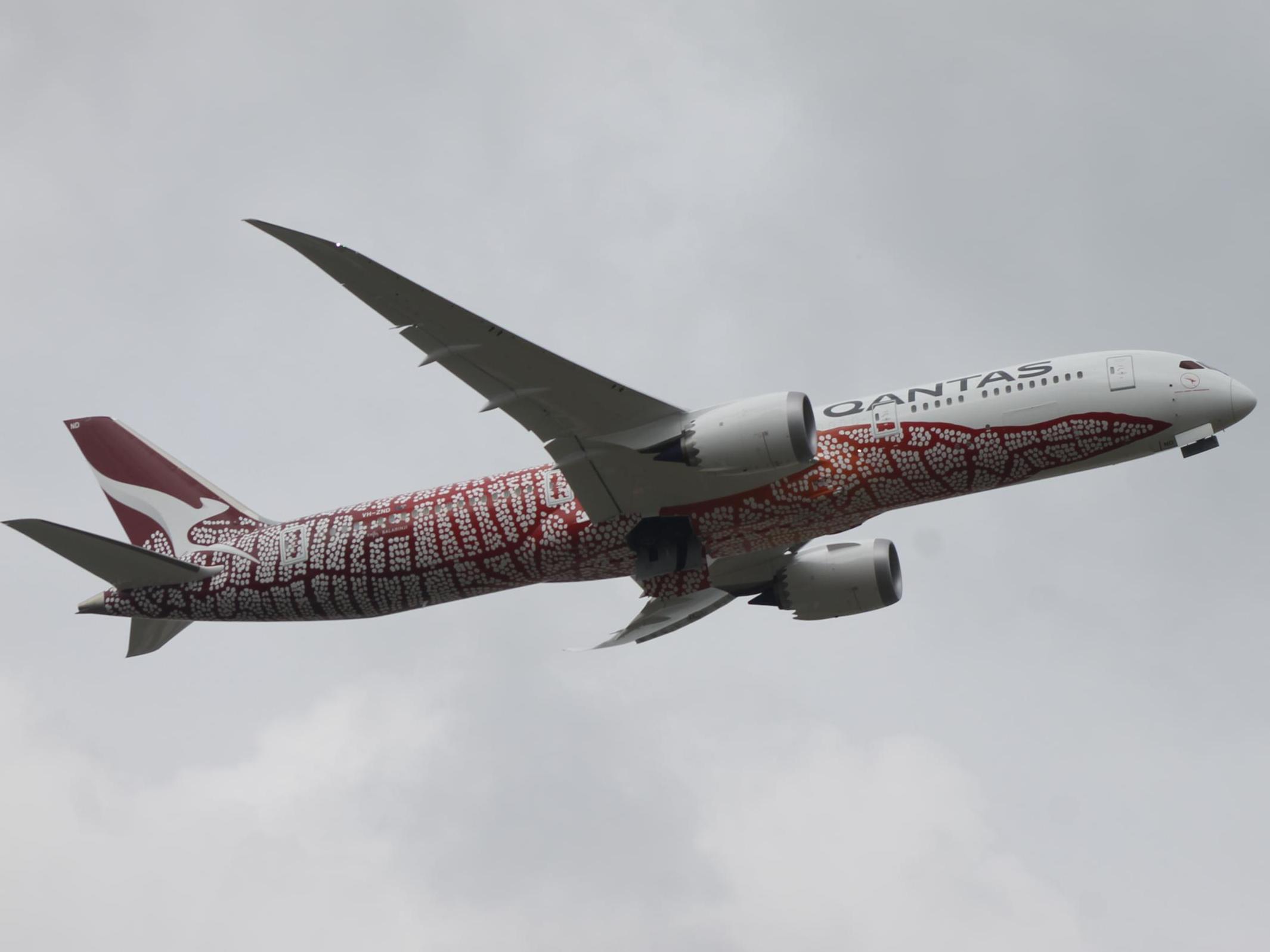Time, money and brand: the trinity of influences on long-haul flying
Plane talk: where do your preferences lie?

Your support helps us to tell the story
From reproductive rights to climate change to Big Tech, The Independent is on the ground when the story is developing. Whether it's investigating the financials of Elon Musk's pro-Trump PAC or producing our latest documentary, 'The A Word', which shines a light on the American women fighting for reproductive rights, we know how important it is to parse out the facts from the messaging.
At such a critical moment in US history, we need reporters on the ground. Your donation allows us to keep sending journalists to speak to both sides of the story.
The Independent is trusted by Americans across the entire political spectrum. And unlike many other quality news outlets, we choose not to lock Americans out of our reporting and analysis with paywalls. We believe quality journalism should be available to everyone, paid for by those who can afford it.
Your support makes all the difference.During a Perth to London flight that was even longer than advertised (a gate-to-gate journey of almost 18 hours), I had plenty of time to reflect on the three parameters that count most when choosing a long-haul journey: time, money and brand.
Looking at the fares for a Heathrow-Sydney flight on 1 May, returning two weeks later, the trade-off between time and money is clear. By far the cheapest is Air China, which will sell you the trip for a frankly absurd £433 – so long as you are happy with a nine-hour transfer in Beijing in each direction. China Southern offers a much slicker connection flight via its hub in Guangzhou, as well as less time in the air, for £601. Budget passengers can assess whether the 12 hours saved is worth £168 (that’s £14 per hour, to save you the time).
Once brand comes into the picture, the calculation becomes more complex. Singapore Airlines has a £730 fare, with good connections in the city state and a formidable reputation.
Other factors are at work, of course. “SQ” also has the advantage of getting the longer part of the outbound journey covered before the break. While the Gulf-based airlines offer plenty of one-stop connections, I prefer to cover more ground and not to touch down beside a big duty-free shop drenched with florescent light at silly o’clock in the morning. So the Far East, whether Singapore, Beijing or Guangzhou, or indeed Hong Kong or Kuala Lumpur, is my preference over Dubai, Doha or Abu Dhabi.
All of this assumes the status quo that has prevailed for the past 30 years: that London to Sydney, the flagship link between Europe and Australia, is a one-stop trip. What happens when the 10,560-mile journey becomes nonstop?
The boss of Qantas, Alan Joyce, is convinced it will happen in 2022. When I met him off the first Perth-Heathrow nonstop at Terminal 3 shortly before 6am last Sunday morning, he told me: “That’s when we think Boeing and Airbus will have an aircraft that can do the operation. We’re working closely with them to get the aircraft there.”
At a little under 20 hours outbound and 21 hours inbound, the flying time from London to Sydney will be three hours longer than the nonstop to and from Perth. The timings during the northern summer look attractive, too; a 10am departure from Heathrow gives a 4pm next-day arrival in Sydney. So plenty of time for connections inwards from around north-west Europe into London, and outwards from Sydney to New Zealand’s key cities. Or, for point-to-point travellers, a civilised departure and arrival time.
Coming back, a comfortable 8pm departure from Sydney means a 6am arrival at Heathrow – and also looks good from an aircraft utilisation point of view, with only four hours spent on the ground in the UK.
Qantas has cultivated a premium brand, and excels at long-haul flying (it’s had little choice). But will the time-saving generate a price premium big enough to justify the prodigious costs involved in the ultimate long-haul flight?
The Australian airline had no problem filling business class completely on the flights I took. Unsurprisingly, perhaps, since Qantas has effectively downsized its London-Melbourne flight; previously it used an Airbus A380 via Dubai, now a Boeing 787 with less than half the number of seats. For a London-Sydney nonstop, it might do something similar. But while business class passengers could underpin such a link, it remains to be seen if the Qantas brand and the time-saving are enough to appeal to those of us who buy on price.
That Air China flight again: all yours for £433 return. Have a think about it on your next long flight.
Join our commenting forum
Join thought-provoking conversations, follow other Independent readers and see their replies
0Comments